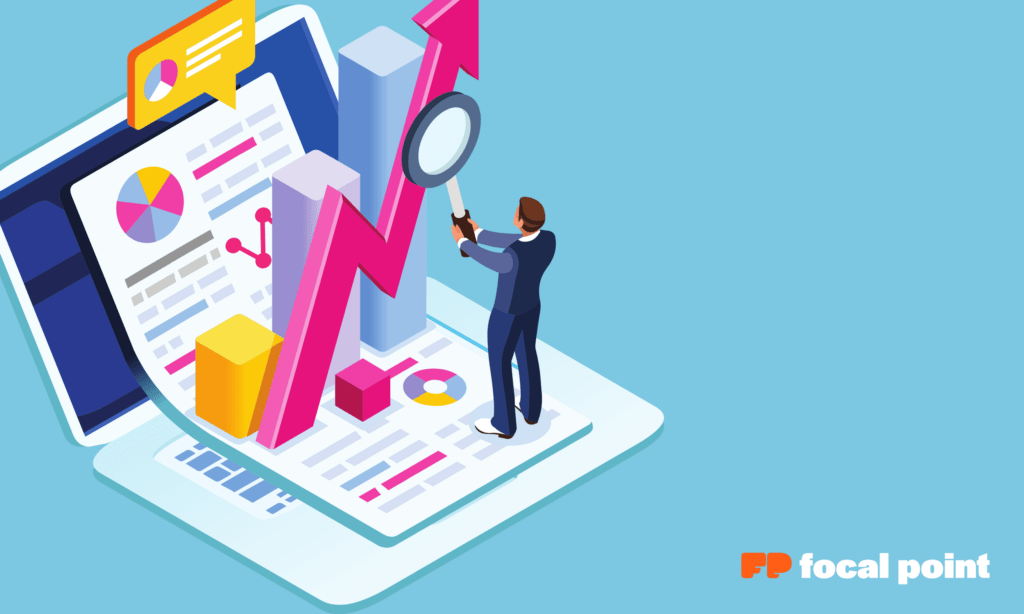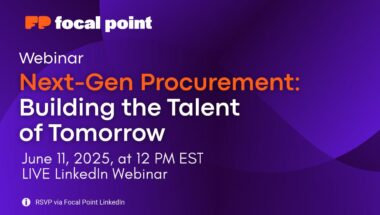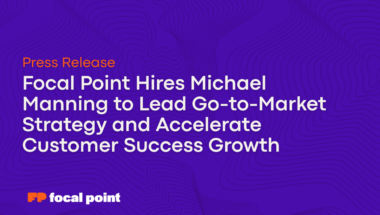Introduction to Big Data Analytics in Procurement
In today’s fast-paced and data-driven landscape, big data analytics has emerged as a game-changer for procurement functions across industries.
Big data analytics involves collecting, processing, and analyzing vast amounts of structured and unstructured data to uncover valuable insights and drive informed decision-making.
As procurement teams face increasing pressure to optimize costs, mitigate risks, and drive strategic value, leveraging the power of big data analytics has become more critical than ever.
The procurement function generates a wealth of data from various sources, including spend data, supplier information, contracts, market intelligence, and more. By harnessing advanced analytics techniques, procurement organizations can transform this raw data into actionable insights that drive better sourcing decisions, improve supplier relationships, and enhance overall procurement performance.
A recent study by Deloitte suggested that approximately 45% of procurement leaders believe that big data analytics will have the greatest impact on procurement in the coming years. This will help mitigate risk, as in the 2023 Deloitte study, “43% of CPOs cited overall procurement risk had increased significantly as compared to 20% in the 2021 study.”
The Goals and Benefits of Data Analytics in Procurement
Goals of Data Analytics in Procurement
The primary goals of leveraging data analytics in procurement are:
- Enhancing decision-making processes by providing data-driven insights
- Improving operational efficiency and streamlining procurement processes
- Driving cost savings through spend optimization and strategic sourcing
- Strengthening supplier relationships through performance monitoring and collaboration
Key Benefits of Data-Driven Decision Making
By embracing data analytics, procurement teams can realize significant benefits, including:
- Cost savings and improved efficiency: Analytics helps identify cost reduction opportunities, optimize spend, and streamline processes.
- Enhanced risk management: Predictive analytics enables proactive identification and mitigation of supply chain risks.
- Improved forecasting capabilities: Demand and spend forecasting models help align procurement with business needs.
- Performance benchmarking: Analytics allows comparing performance against industry benchmarks and identifying improvement areas.
Types of Procurement Data Analytics
Descriptive Analytics
Descriptive analytics involves analyzing historical data to gain insights into past performance and trends. In procurement, descriptive analytics is used for spend analysis, supplier performance monitoring, and identifying savings opportunities.
Diagnostic Analytics
Diagnostic analytics goes beyond describing what happened and focuses on understanding why it happened. It involves drilling down into data to identify the root causes of issues, such as supply chain disruptions or cost overruns.
Predictive Analytics
Predictive analytics uses historical data, machine learning, and statistical modeling to forecast future trends and outcomes. In procurement, predictive analytics is used for demand forecasting, price forecasting, and identifying potential supply chain risks.
Prescriptive Analytics
Prescriptive analytics takes predictive insights a step further by recommending the best course of action to optimize outcomes. It uses optimization and simulation techniques to suggest the most effective strategies for sourcing, supplier management, and risk mitigation.
Applications of Big Data Analytics Used in Procurement
Spend Analytics
Spend analytics involves analyzing procurement spend data to identify savings opportunities, optimize spend categories, and improve compliance. By leveraging big data analytics, organizations can gain a comprehensive view of their spend across suppliers, categories, and business units.
Contract Analytics
Contract analytics helps organizations manage and optimize their contract portfolios. By analyzing contract data, procurement teams can identify performance issues, monitor compliance, and uncover opportunities for renegotiation and consolidation.
Supplier Analytics
Supplier analytics involves evaluating supplier performance, identifying top-performing suppliers, and mitigating supplier risks. By analyzing supplier data, procurement teams can make informed decisions about supplier selection, development, and relationship management.
Spend Forecasting
Spend forecasting uses predictive analytics to estimate future procurement spend based on historical data and business drivers. Accurate spend forecasts help organizations budget effectively and make informed investment decisions.
Demand Forecasting
Demand forecasting involves predicting future demand for goods and services based on historical data, market trends, and other factors. By aligning procurement with demand forecasts, organizations can optimize inventory levels, reduce stockouts, and improve customer service.
Procure-to-Pay (P2P) Process Analytics
P2P process analytics involves analyzing the end-to-end procurement process to identify bottlenecks, improve efficiency, and reduce cycle times. By leveraging process mining and other analytical techniques, organizations can streamline their P2P processes and drive continuous improvement.
Risk Analytics
Risk analytics helps organizations identify, assess, and mitigate supply chain risks, such as supplier financial health, geopolitical risks, and cybersecurity threats. By analyzing risk data from multiple sources, procurement teams can proactively manage risks and ensure business continuity.
Sustainability Analytics
Sustainability analytics integrates environmental, social, and governance (ESG) factors into procurement decision-making. Organizations can make informed choices about sourcing from responsible suppliers and reducing their environmental footprint by analyzing supplier sustainability data.
Implementing Big Data Analytics in Procurement
Best Practices for Implementation
Implementing big data analytics in procurement requires a strategic approach. Key steps for successful implementation include:
- Defining clear objectives and KPIs aligned with business goals
- Assessing data quality and establishing data governance processes
- Selecting the right analytics tools and technologies
- Building a skilled analytics team with domain expertise
- Establishing a culture of data-driven decision-making
Tools and Technologies
There are various tools and technologies available for big data analytics in procurement. Some leading solutions include:
- Spend analysis tools like Focal Point’s Platform provide AI-powered spend analysis and actionable insights.
- Supplier risk management platforms that monitor supplier financial health, performance, and compliance.
- Predictive analytics tools that use machine learning algorithms to forecast demand, prices, and risks.
- Cloud-based analytics platforms that enable scalable and real-time analysis of large datasets.
Future Trends in Procurement Analytics
The future of procurement analytics is exciting, with emerging technologies and innovations set to transform the landscape. Some key trends to watch include:
- Artificial Intelligence (AI) and Machine Learning (ML) will enable more advanced and automated analytics, such as intelligent spend classification and predictive supplier risk scoring.
- Internet of Things (IoT) sensors will provide real-time data on supplier performance, asset condition, and supply chain visibility, enabling proactive decision-making.
- Blockchain technology will enhance transparency, traceability, and trust in supplier relationships and contract management.
- Augmented Analytics, which combines AI, ML, and natural language processing (NLP), will democratize analytics and enable more user-friendly and conversational interfaces.
Conclusion
In conclusion, big data analytics has become a strategic imperative for procurement organizations looking to drive value, optimize costs, and manage risks in an increasingly complex and data-rich environment. By leveraging advanced analytics techniques and technologies, procurement teams can transform raw data into actionable insights that inform smarter sourcing decisions, strengthen supplier relationships, and improve overall procurement performance.
As the procurement landscape evolves, organizations that embrace big data analytics and adopt a data-driven mindset will be well-positioned to navigate challenges, seize opportunities, and create sustainable competitive advantage.
Organizations can accelerate their analytics journey and unlock the full potential of data-driven procurement by partnering with leading Procurement software providers like Focal Point, which offers a comprehensive orchestration layer for your procurement needs. Book A Demo and learn more.



